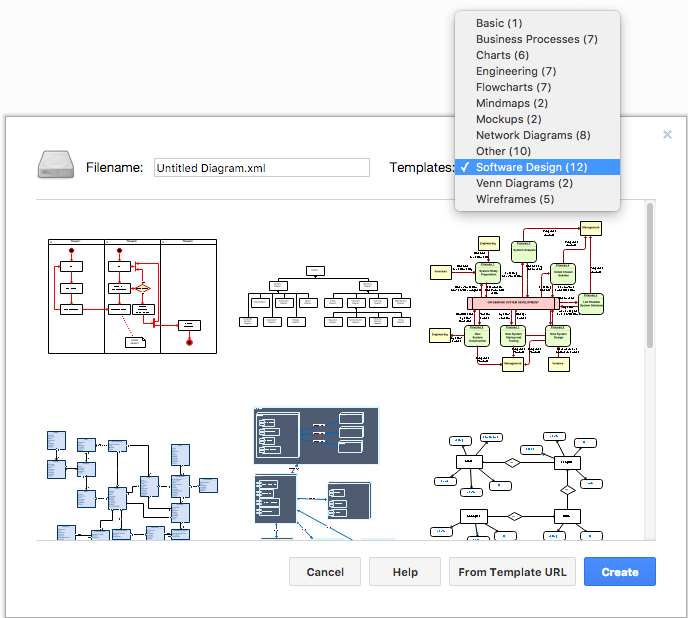
3 Tier Software Architecture Diagram Visio
Download Share Share. View by Category Toggle navigation. The PowerPoint PPT presentation: 'Space Robotics' is the property of its rightful owner. PPT – Robotics PowerPoint presentation| free to download - id: 3be875-N2VjO. Robots in space may be as assistants or stand-in for astronauts during spacewalks.  Here we are giving you Space Robotics Seminar and PPT with PDF report. All you need to do is just click on the download link and get it. Space Robotics PPT and Seminar Free Download. Space robotics 1. Adams engineering college palvancha paper presentation on space robotics by sathya maddukuri 2. Space robotics 3. Contents: introduction basic working principle technology types of bots future mission conclusion 4. Explore Space Robotics with Free Download of Seminar Report and PPT in PDF and DOC Format. Also Explore the Seminar Topics Paper on Space Robotics with Abstract or Synopsis, Documentation on Advantages and Disadvantages, Base Paper Presentation Slides for IEEE Final Year Mechanical Engineering ME or Production Automobile Students for the year 2015 2016.
Here we are giving you Space Robotics Seminar and PPT with PDF report. All you need to do is just click on the download link and get it. Space Robotics PPT and Seminar Free Download. Space robotics 1. Adams engineering college palvancha paper presentation on space robotics by sathya maddukuri 2. Space robotics 3. Contents: introduction basic working principle technology types of bots future mission conclusion 4. Explore Space Robotics with Free Download of Seminar Report and PPT in PDF and DOC Format. Also Explore the Seminar Topics Paper on Space Robotics with Abstract or Synopsis, Documentation on Advantages and Disadvantages, Base Paper Presentation Slides for IEEE Final Year Mechanical Engineering ME or Production Automobile Students for the year 2015 2016.
Architecture diagrams - hardware, software, functional. Jan 28, 2014 - A Software Architect's View on Diagramming By: Keith Schreiner Types of Diagrams (for this. (System Architecture) [The Servers] • Application • (Application or Component Architecture) • Sequence; 3. Visio Tips and Tricks • Add a Title • Figure out who this diagram is for. Layered Software Architecture.
• • • • 2-Tier Architecture 2-tier architecture is used to describe client/server systems in which the client requests resources and the server responds directly to the request, using its own resources. This means that the server does not call on another application in order to provide part of the service: 3-Tier Architecture In 3-tier architecture, there is an intermediary level, meaning that the architecture is generally split up between: a client, i.e. The, which requests the resources, equipped with a user interface (usually a ) for presentation purposes; the application server (also called middleware), whose task it is to provide the requested resources, but by calling on another server; and the data server, which provides the application server with the data that it requires: The widespread use of the term 3-tier architecture also denotes the following architectures: • Application sharing between a client, middleware and enterprise server • Application sharing between a client, application server and enterprise server. Comparing Both Types of Architecture 2-tier architecture is a client-server architecture where the server is versatile, i.e. It is capable of directly responding to all of the client's resource requests.
In 3-tier architecture, however, the server-level applications are remote from one another, i.e. Each server is specialized with a certain task (for example: web server/database server). 3-tier architecture provides: a greater degree of flexibility; increased security, as security can be defined for each service, and at each level; increased performance, as tasks are shared between servers. Multi-Tiered Architecture In 3-tier architecture, each server (tier 2 and 3) performs a specialized task or service.
A server can, therefore, use services from other servers in order to provide its own service. As a result, 3-tier architecture is potentially an n-tiered architecture: Image: © alexmillos - 123RF.com.